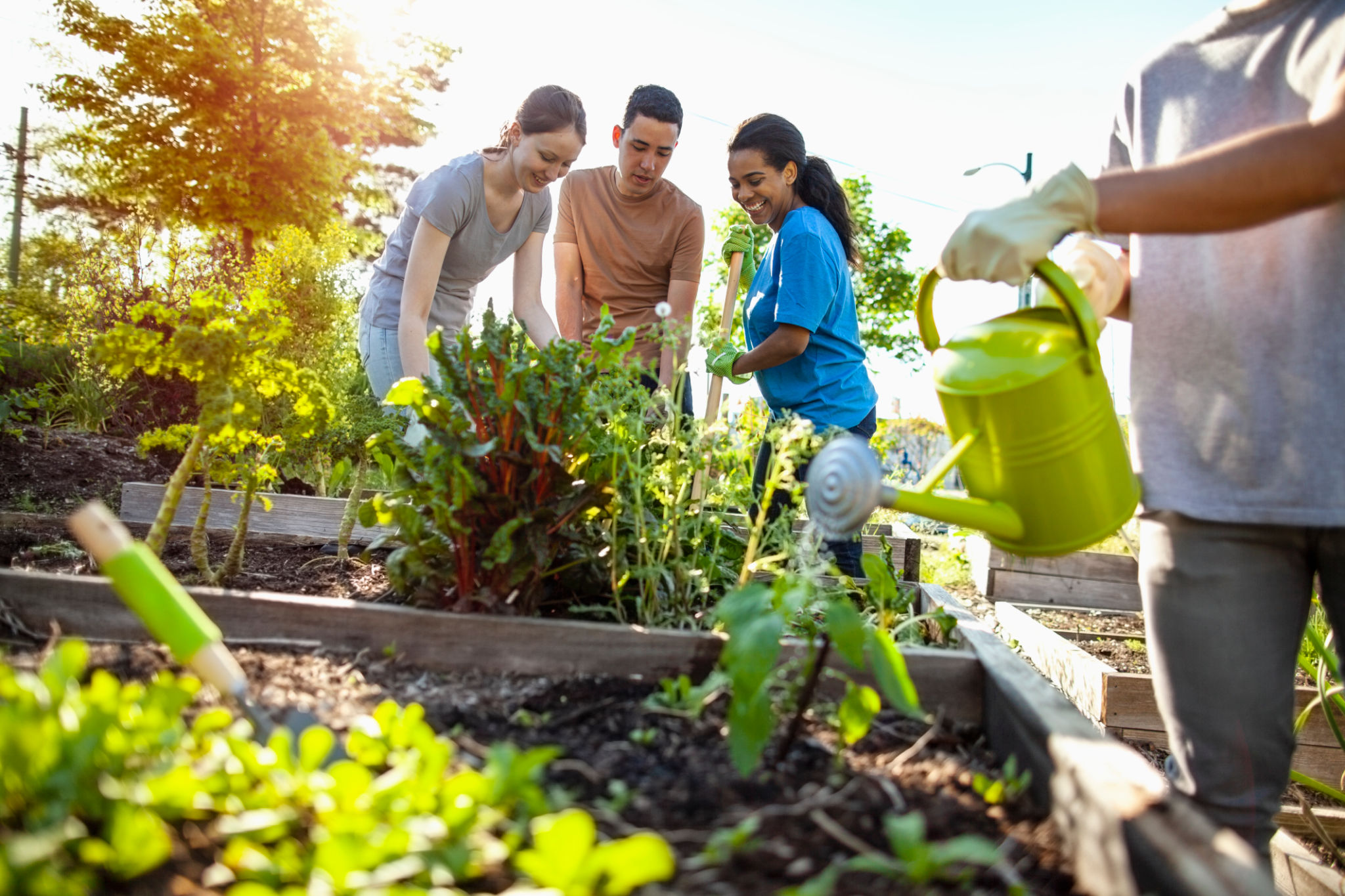Educational Gardening in Georgia: A Comprehensive Guide for Schools
Introduction to Educational Gardening
Educational gardening is a powerful tool that schools in Georgia can leverage to enhance learning experiences for students. By integrating gardening into the curriculum, educators can provide hands-on learning opportunities that are both engaging and educational. Gardening teaches students about biology, ecology, and the importance of sustainability, while also encouraging them to develop valuable life skills such as responsibility and teamwork.

Benefits of School Gardens
Implementing a school garden offers numerous benefits. Firstly, it provides a rich, interactive learning environment where students can observe plant life cycles and understand ecosystems. Additionally, gardens promote physical activity, which is essential for student health and well-being. Furthermore, they foster a sense of responsibility as students are tasked with maintaining the garden.
Another key advantage is the enhancement of social skills. Working together in a garden setting requires communication and cooperation, helping students build stronger relationships with their peers. Lastly, school gardens can be used to teach environmental stewardship, encouraging students to appreciate and care for their natural surroundings.
Steps to Establish a School Garden
Starting a school garden in Georgia requires careful planning and collaboration. Here are some steps to guide you through the process:
- Form a Committee: Assemble a team of teachers, parents, and community members who are passionate about gardening and education.
- Select a Location: Choose a site on school grounds that receives ample sunlight and has access to water.
- Plan the Garden: Decide on the types of plants suitable for Georgia's climate and create a layout that accommodates them.
- Secure Funding: Look for grants or seek donations from local businesses to cover costs for materials and supplies.
- Engage Students: Involve students in the planning and planting process to foster ownership and interest.

Integrating Gardening into the Curriculum
Once the garden is established, it can be seamlessly integrated into various subjects. In science classes, students can study plant biology, soil composition, and weather patterns. Math lessons can include measuring plant growth or calculating areas for planting beds. History classes might explore agricultural practices of different cultures.
Moreover, art classes can use the garden for inspiration in drawing and painting projects. Language arts students can write essays or poems about their experiences in the garden. By incorporating gardening across disciplines, educators can create a comprehensive learning experience that reinforces academic concepts through real-world applications.
Challenges and Solutions
While educational gardening offers many rewards, schools may face challenges such as limited resources or lack of gardening expertise. To overcome these hurdles, schools can partner with local horticulturists or master gardeners who can provide guidance and support. Additionally, schools can organize workshops or training sessions for teachers to build confidence in using the garden as an educational tool.

Community Involvement
The success of a school garden often hinges on community involvement. Encouraging parents and local businesses to participate can provide additional resources and support. Organizing community events such as garden workdays or produce sales can foster a sense of ownership and pride within the community.
Moreover, community partnerships can offer educational opportunities such as guest speakers or field trips to local farms. These collaborations not only enhance the learning experience but also strengthen ties between the school and its surrounding community.
Measuring Success
To evaluate the effectiveness of the school garden program, schools should establish clear goals and track progress through various metrics. These might include student engagement levels, academic improvements, or increased environmental awareness. Gathering feedback from students and teachers can also provide valuable insights into areas for improvement.
Regularly celebrating achievements, such as a successful harvest or a well-attended event, can maintain enthusiasm and support for the garden program. Recognition of individual contributions can further motivate students and volunteers to continue their involvement.
Conclusion
Educational gardening presents an exciting opportunity for schools in Georgia to enrich their curricula while fostering important life skills in students. By overcoming challenges through community collaboration and strategic planning, schools can create sustainable garden programs that benefit both students and the wider community. As these gardens flourish, so too will the educational experiences and personal growth of the students involved.